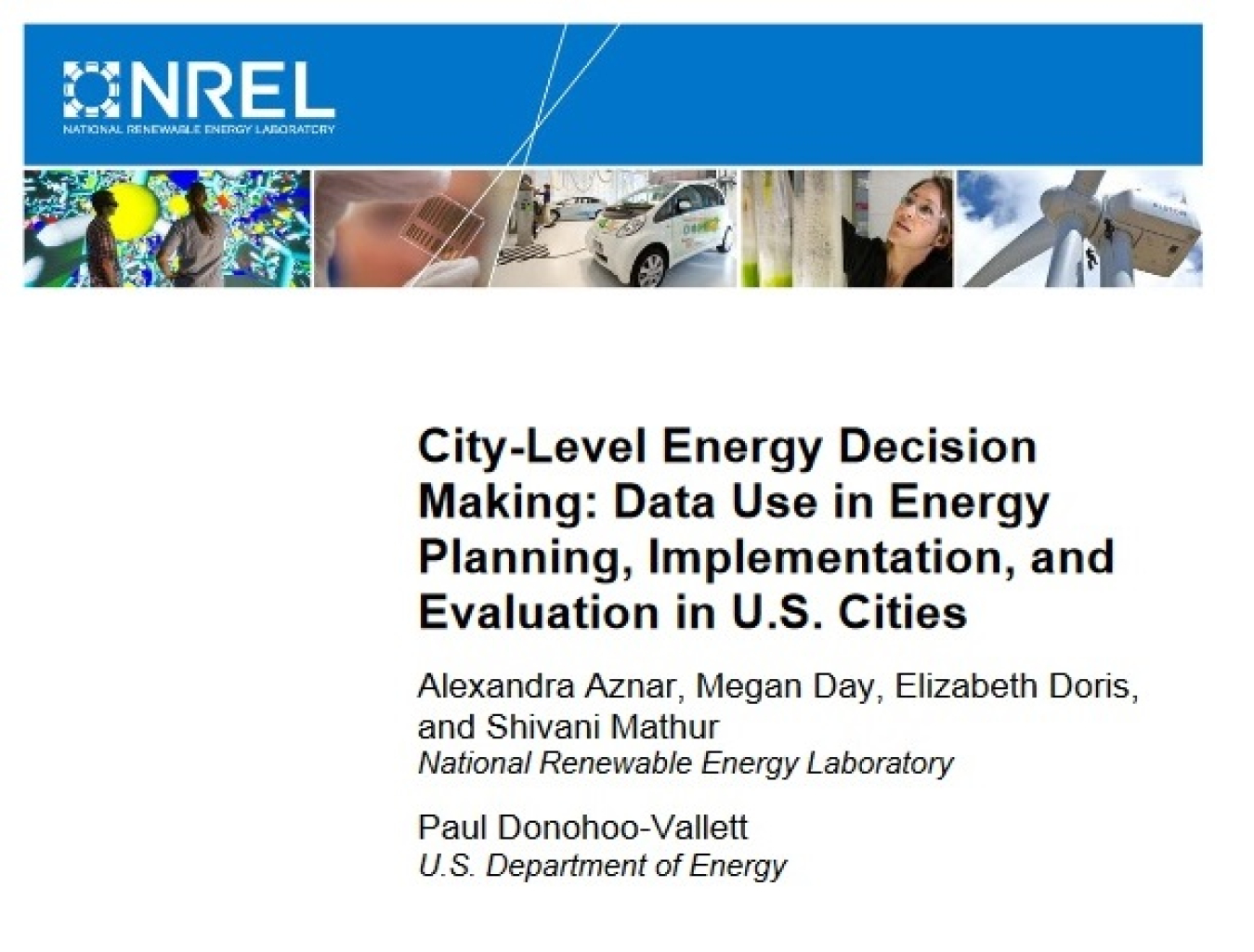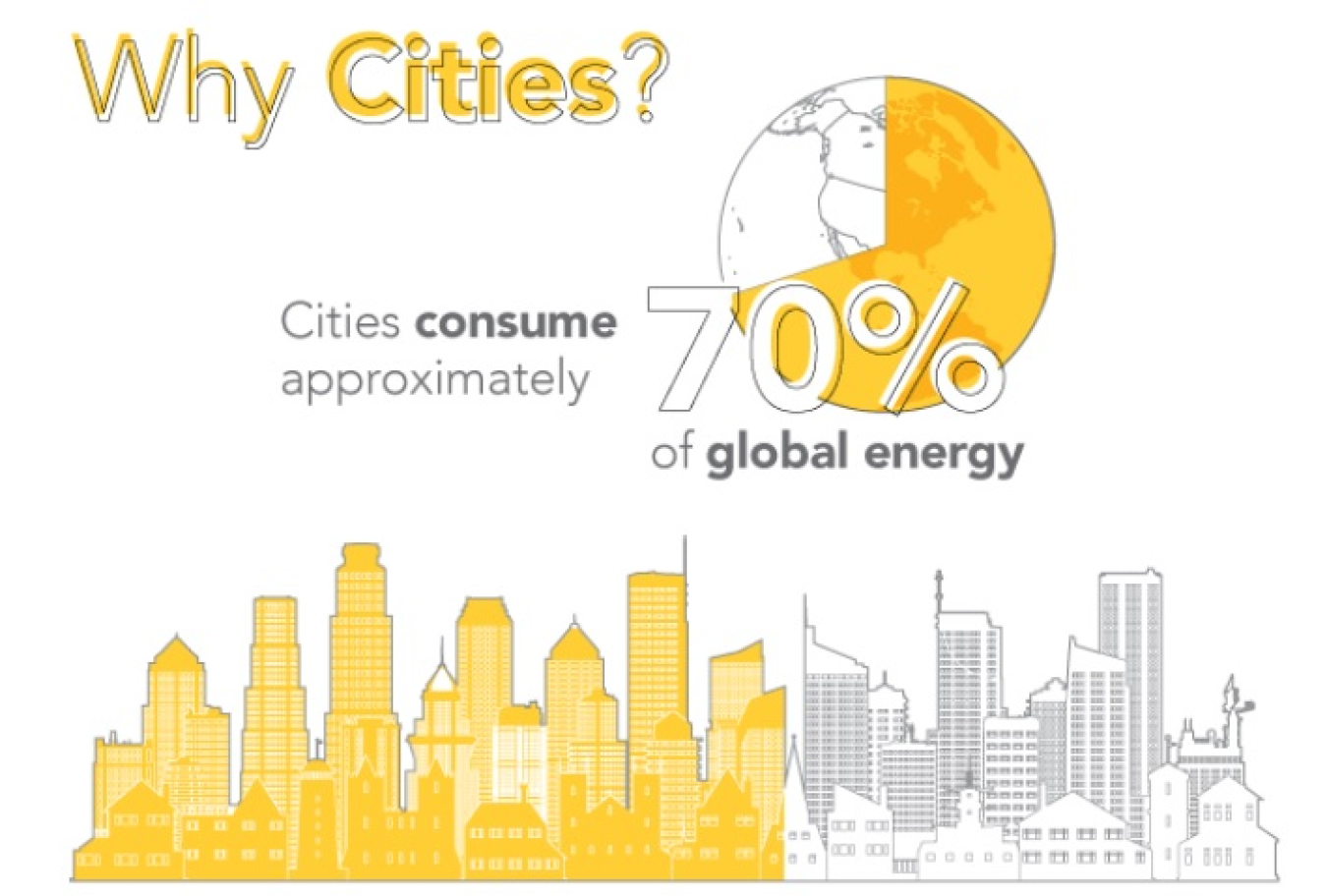The report analyzes and presents information learned from a sample of 20 cities across the United States, from New York City to Park City, Utah, including a diverse sample of population size, utility type, region, annual greenhouse gas reduction target...
August 19, 2015This National Renewable Energy Laboratory report (2015) analyzes and presents information learned from a sample of 20 cities across the United States, from New York City to Park City, Utah, including a diverse sample of population size, utility type, region, annual greenhouse gas reduction targets, vehicle use, and median household income. The analysis is part of the U.S. Department of Energy's Cities Leading through Energy Analysis and Planning (Cities-LEAP) project.
The report compares climate, sustainability, and energy plans to better understand where cities are taking energy-related actions and how they are measuring impacts. Some common energy-related goals focus on reducing city-wide carbon emissions, improving energy efficiency across sectors, increasing renewable energy, and increasing biking and walking.



